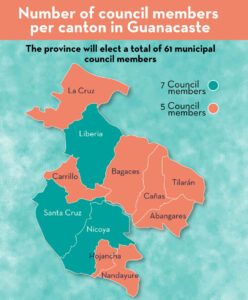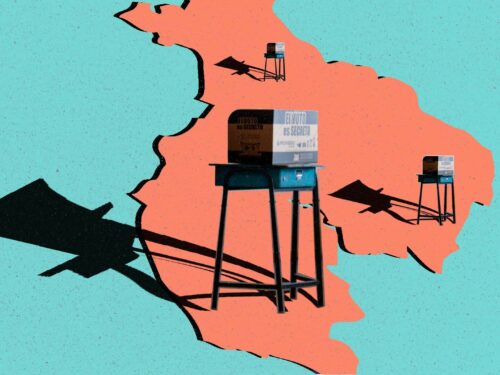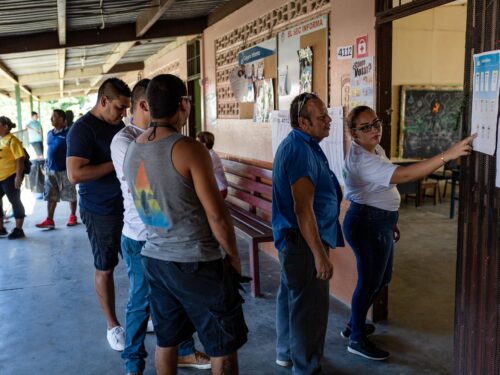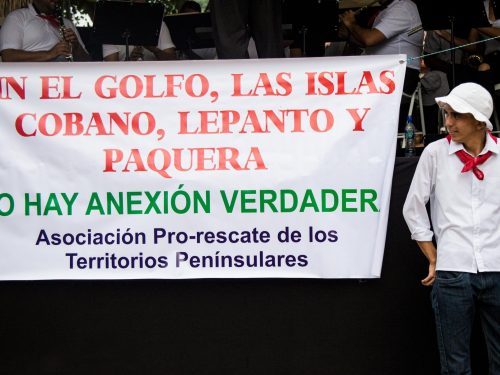
Let’s imagine that you’re part of the group of people in Guanacaste who decide to go out and vote in the municipal elections on Sunday, February 4.
You get up early, look for your ID and head to the school where you vote. When it’s your turn, you are given three ballots… Do you know what you’re electing on each one?
On the first ballot, you’ll vote for your canton’s next mayor, on another you’ll elect the municipal council members and on the third, the syndics (district representatives) and district council members. We’ll explain what each position involves.
Municipal Council Members
The council members are like legislators for the cantons. They are responsible for presenting projects (motions) and voting on them so that they are approved or rejected.
Just like in the Legislative Assembly, they form commissions that review each project to make sure it is viable. There are maritime land zone, finance and budget, and public works commissions, among others.
Some important functions of the council members are:
- Defining and approving the municipality’s annual budget.
- Defining the prices of municipal services, such as garbage collection, with support from the municipal administration.
- Creating municipal and cantonal regulations, such as construction regulations, regulatory plans, market administration, etc., together with the municipal offices.
- Coordinating housing codes and road signage with state institutions.
- Proposing bills for the canton before the Legislative Assembly.
- Approving holding referendums, plebiscites and town meetings with the advice of the Supreme Electoral Tribunal (Spanish acronym: TSE).
READ: “A new plebiscite in Nosara?” The community is working on the procedure to request to the local government, once again, the organization of a plebiscite to become administratively independent from Nicoya.
Each council member has his or her respective substitute. The number of council members depends on the population of each canton.

Syndics and District Council Members
The syndics are the link between the district and the municipality.
The syndics have a voice but no vote, meaning they can give their opinion on all matters discussed in the municipal council, the management of the mayor’s office and the projects presented by council members, but they do not approve or reject the initiatives.
Each district’s syndic presides over the district council, also made up of the substitute syndic and the three permanent district council members.
Some functions of the district councils are:
- Proposing to the municipal council the beneficiaries of academic scholarships, food and housing vouchers;
- Recommending to the municipal council members the order of priority for projects related to the district;
- Giving recommendations for managing business license permits and community festivals.
In addition, article 57 of the electoral code establishes that the district council must meet with the mayor’s office at least once every six months to plan district projects and their inclusion in the municipal budget.
Municipal Council
The municipal council is like the Legislative Assembly of each canton. It is made up of the mayor’s office, the municipal council members and the syndics, both permanent and substitute. However, only the council members can vote on the projects.
The municipal council and the mayor’s office make up the municipal government. Every week, they meet to hold sessions in which the council members present their motions and vote on them. In this forum, the mayor presents his or her work report for the week.
Admission to the sessions is free. You can even request a hearing to propose an idea or make a complaint.








Comments